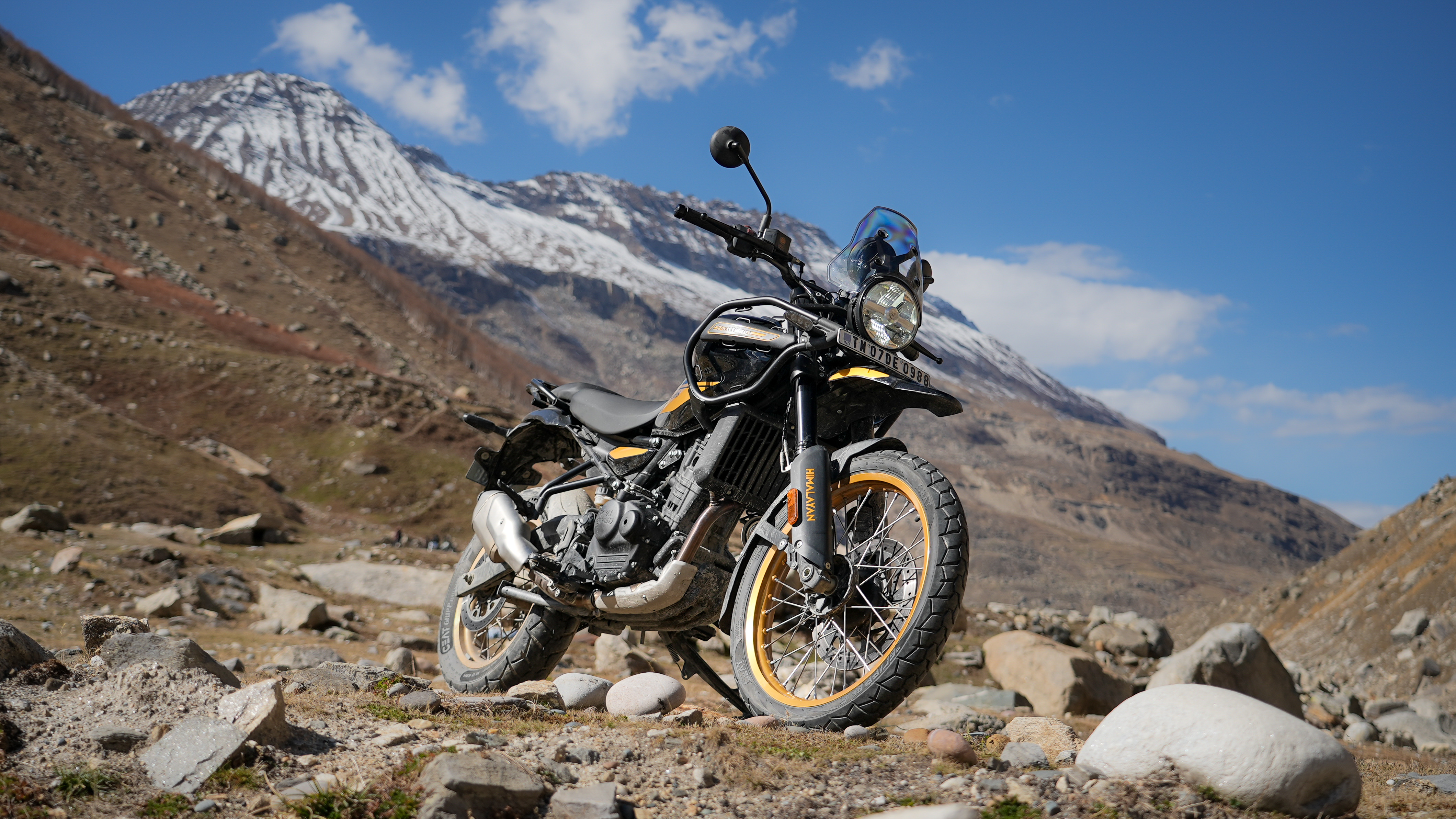Royal Enfield Himalayan 450 frame breaking explained
We get an explanation from Royal Enfield as to why the chassis on two particular Himalayan 450s have broken
 The Royal Enfield Himalayan 450 is the company's flagship ADV
The Royal Enfield Himalayan 450 is the company's flagship ADVIn the past couple of months, reports of a couple of Royal Enfield Himalayan 450 frames breaking have surfaced. This, naturally has alarmed owners and prospective owners of the bike, questioning the structural integrity of the motorcycle and whether or not they should consider holding on to the bike or getting it at all. To address these queries and to shed light onto what exactly was the root cause for the frame breaking, we got on a call with Royal Enfield to understand what’s what.
There have been two separate instances where owners have reported that the main frame of their Himalayans have snapped, rendering the bike unrideable. As soon as Royal Enfield got wind of these incidents, the engineers examined the motorcycles and isolated the reason to be that both bikes had aftermarket crash guards.
 Both parties who reported bikes with a broken frame had an aftermarket crash protector installed
Both parties who reported bikes with a broken frame had an aftermarket crash protector installedThe Himalayan 450 has been built from the ground up with an all new architecture with a new frame and engine. The engine plays a structural role in the chassis setup with the main frame mounted directly to either side of the head of the engine. The design is such that the two bolts that join the frame to the engine have very specific torque ratings and there's also a spacer that plays a crucial role in ensuring appropriate load and torque rating to ensure proper running. These bolts have a specific length keeping the spacer in the correct location to ensure that the load bearing capacity stays unaltered for years to come. Upon closer inspection by the technical team at Royal Enfield, both the users had aftermarket crash guards with bolts that failed to adhere to the torque rating or account for the spacer that is a crucial part of the frame’s proper functioning and longevity. Royal Enfield even ran simulations running incorrect torque ratings on the frame bolt and that yielded results similar to what the customers faced.
Royal Enfield has made it clear in the instruction manual that the use of aftermarket accessories will void the warranty of the motorcycle and that it recommends the use of OEM accessories only. This does make a lot of sense, considering that these accessories have been developed and homologated alongside the motorcycle and will ensure the best reliability.
When the bike just launched, demand for the bike and the accessories were very high and that could be the reason that people gravitated towards aftermarket accessories but it is always advisable to only get OEM accessories.
So if you do own a Himalayan 450 or plan to buy one, breathe easy, this isn’t like the very first Himalayan that had a structural issue. The use of incorrect accessories is what has led to the failure of the frame in the two reported incidents. That being said, the company should take into account that RE’s are motorcycles that are an aftermarket accessory crowd favourite and could have revised the design of the crash guard to not rely on such a crucial spot for mounting.
So, if you are planning to get a guard for your Himalayan. Or any other accessory for that matter, make it a point to go for the OEM accessories as they have been developed with the bikes specificity in mind and will also not void your warranty.


